SZ Museum opens new exhibitions
Ranging from a showcase of exquisite and colorful Canton enamels to a wonder of nature found in Cretaceous fossils and creative products inspired by several museums’ collections, three new and free exhibitions at the Shenzhen Museum are worth putting on your calendar this summer.
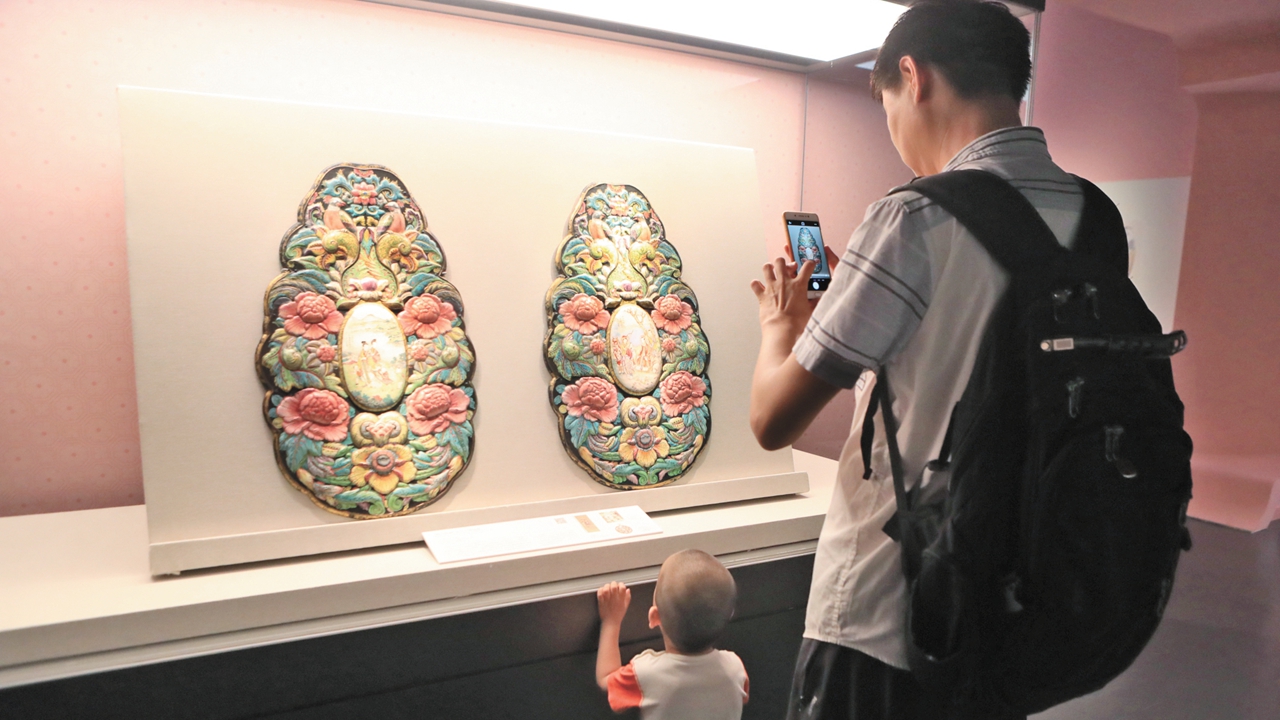
Visitors admire “Plaque With Ladies and Inscription Attributed to Pan Chun” at the Canton enamel exhibition. Photos by Sun Yuchen unless otherwise stated
Canton enamels
“A Splendid Blend of China and the West — Canton Enamels of the Qing Dynasty,” co-hosted by the Shenzhen Museum and Chinese University of Hong Kong’s Art Museum, showcases 258 Canton enamels on loan from 10 museums around China.
Supported by the China National Arts Fund, the exhibition provides the public with insights into this artistic craft by illustrating the distinctive tradition and history of Guangdong enamelware.
Painted-enamel techniques were introduced from Europe to China in the late 17th century by European merchants and missionaries. This decorative craft soon enthralled emperors, who instructed the imperial workshops in Beijing and Guangdong to adapt and further develop the enameling technologies. The consequent painted enamels with Chinese and Western elements were for imperial use, the domestic market and for exports to Europe, the U.S. and Asia.
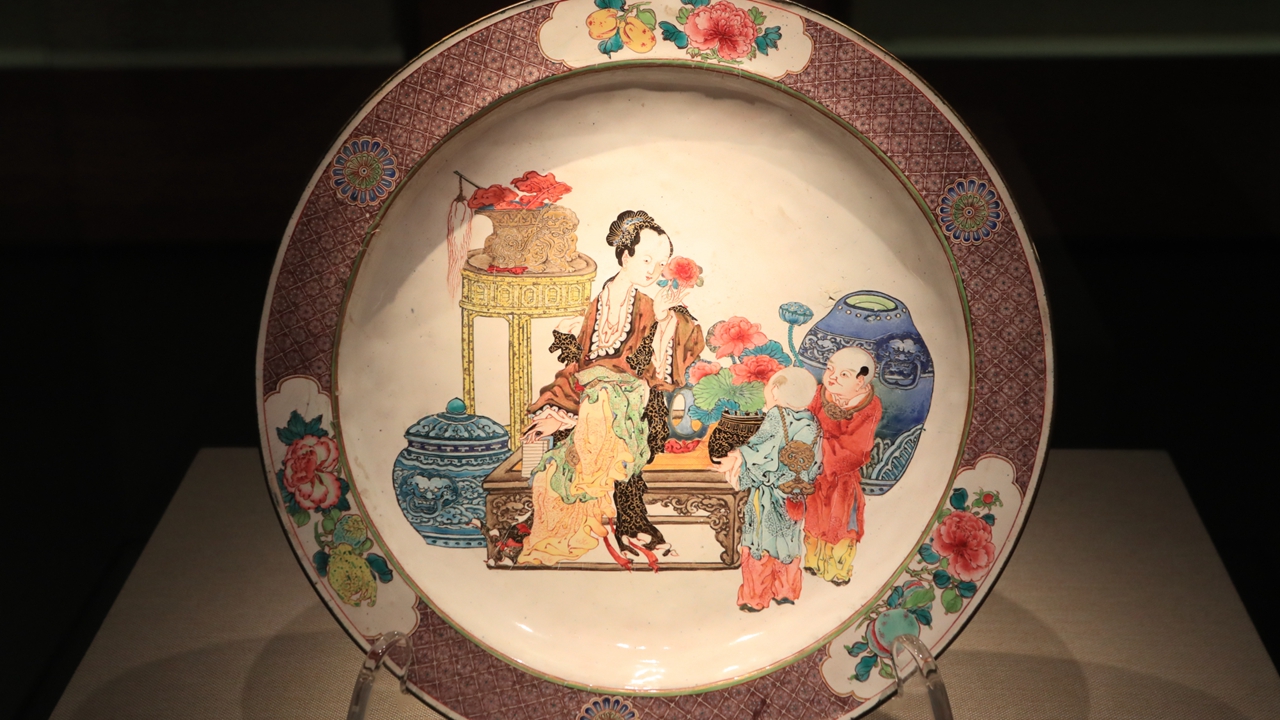
“Plate With Educating Children in Framed Panels on Brocade Backgrounds” is on display at the Canton enamel exhibition.
Canton enamels were crafted in Guangzhou. They were typically made by applying layers of enamel to metal, which were then fired at high temperatures to create a durable, colorful finish.
The enameled pigments and firing techniques were of European origin, but the pattern styles are both Chinese and Western. Some Canton enamels were decorated with Catholic-subject patterns due to Western missionary influence, some modeled the works of court painters, some borrowed the decorative patterns on Guangdong Duanzhou coromandel lacquer screens, and some were decorated with patterns inspired by Jingdezhen porcelains.
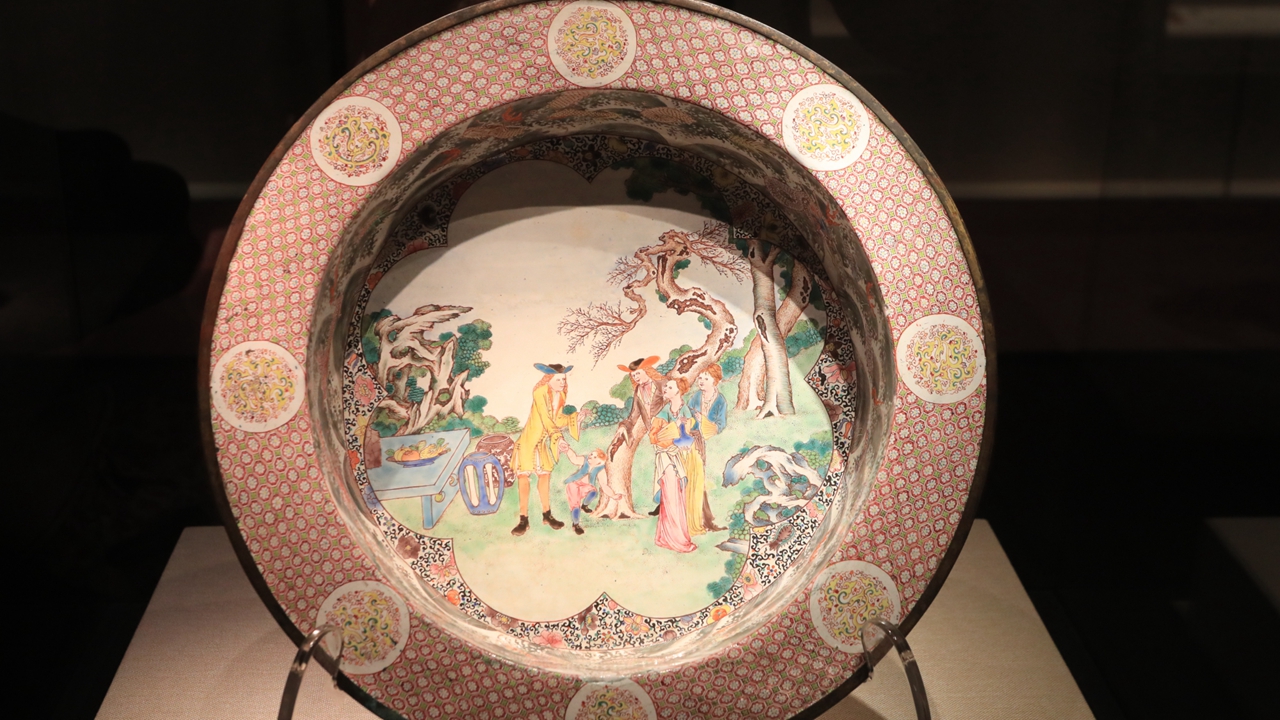
“Dish With Westerners and Landscapes in Framed Panels on Brocade Backgrounds” is on display at the Canton enamel exhibition.
Thus, Canton enamels had created a unique style that combines the East and the West. Patterns of landscapes, figures, flowers and birds on the fine Canton enamels are exceptionally delicate and intricate.
Dates: Until Oct. 22
Booking: WeChat account “iszbwg”
Venue: Shenzhen Museum’s History and Folk Culture Division, Futian District (深圳博物馆历史民俗馆)
Metro: Line 2 or 4 to Civic Center Station (市民中心站), Exit B
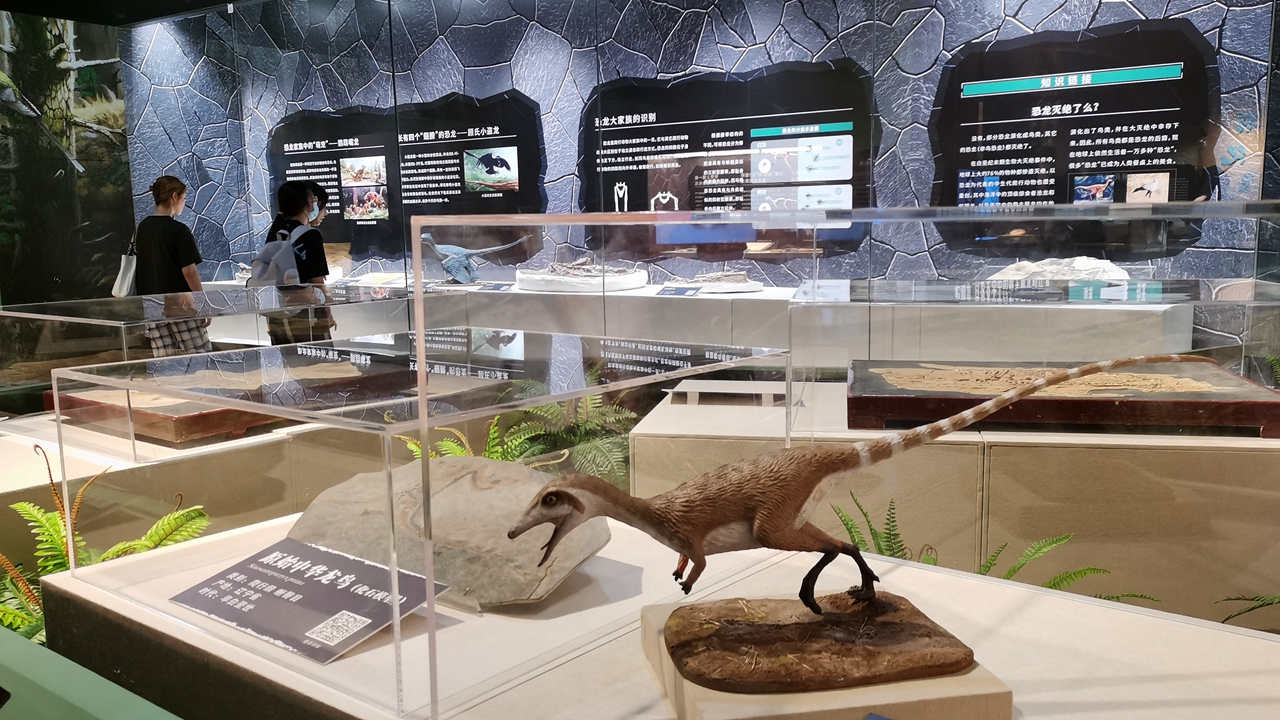
A glance at the Jehol Biota fossil exhibition. Cao Zhen
Jehol Biota fossils
Plan an expedition to an exhibition featuring Jehol Biota fossils. The exhibition, co-organized by the Shenzhen Museum and Beijing Museum of Natural History, is home to more than 120 fossils formed about 120 millions of years ago during the early Cretaceous period.
The Jehol Biota is known for its incredibly well-preserved fossils, including those of early birds, dinosaurs, mammals, insects and plants, found in the intersection of Hebei, Inner Mongolia and Liaoning in northeastern China.
The fossils provide valuable insights into the evolution of life on Earth during the Cretaceous period and have contributed significantly to our understanding of the origin of birds and the diversification of many other groups of organisms.
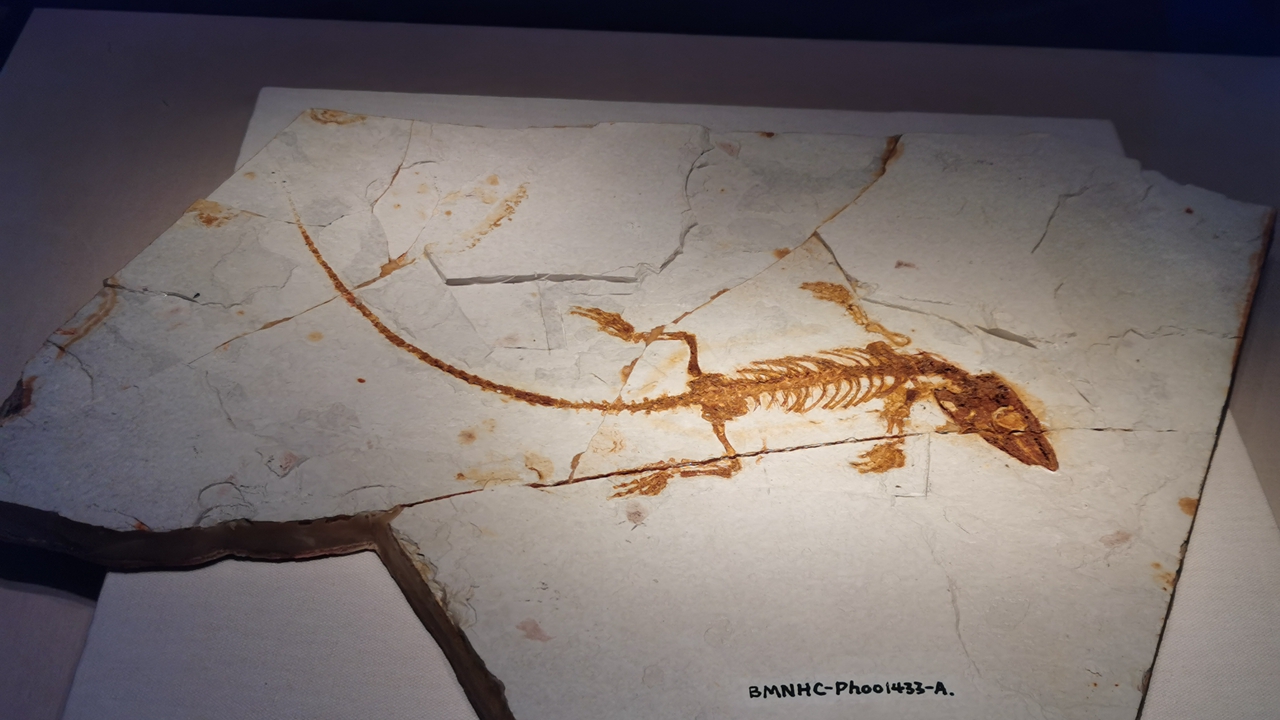
A Monjurosuchus sp. fossil is on display at the Jehol Biota fossil exhibition. Cao Zhen
In this exhibition, visitors can catch a glimpse of the wonderful moments when ancient creatures lived and evolved throughout their long geological history. They can immerse themselves in the ancient scroll of the Jehol Biota and roam around this magnificent and mysterious Cretaceous world, discovering the unique combination of land-based flora and fauna and the environmental landscape as it existed hundreds of millions of years ago.
Dates: Until Oct. 8
Booking: WeChat account “iszbwg”
Venue: Shenzhen Museum’s History and Folk Culture Division, Futian District (深圳博物馆历史民俗馆)
Metro: Line 2 or 4 to Civic Center Station (市民中心站), Exit B
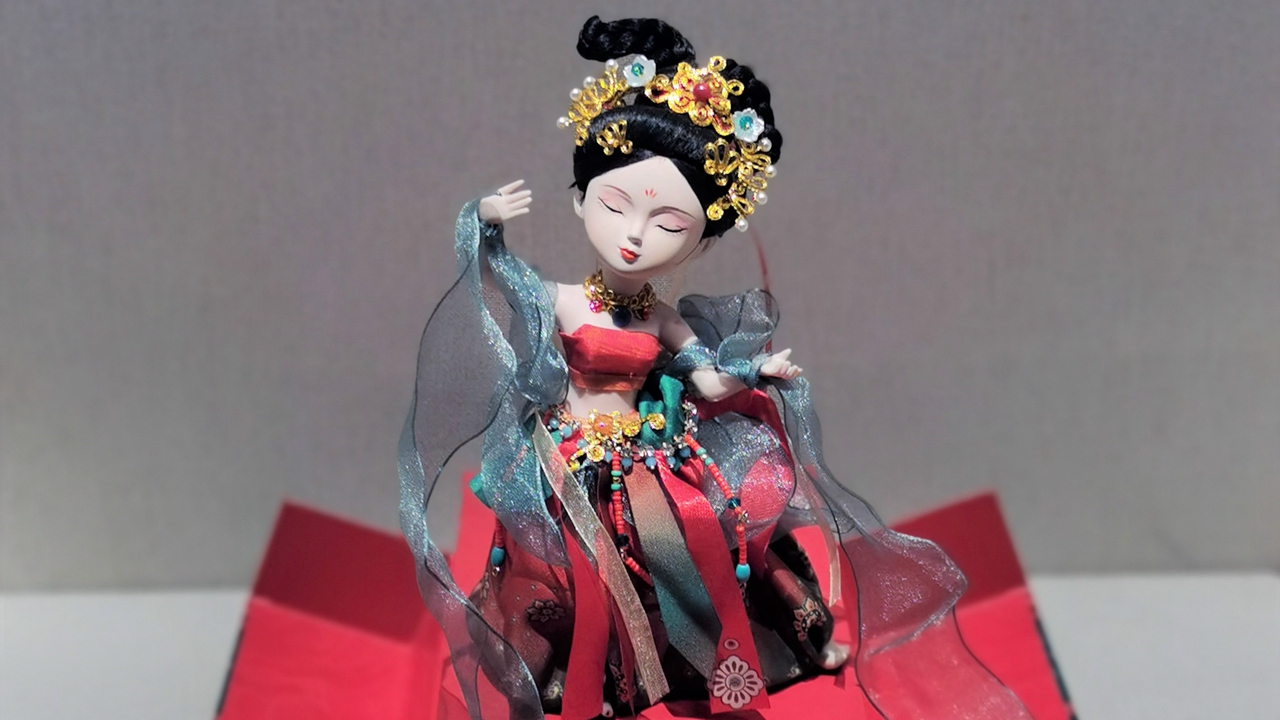
An apsara doll presented by Henan Museum is on display at the cultural and creative product exhibition. Cao Zhen
Cultural and creative products
At this cultural and creative products exhibition inspired by Chinese museum collections, there’s everything from toys, stationery, clothing, accessories, souvenirs and blind boxes to explore. The 105 exhibits were selected from 70 museums and cultural organizations around the country.
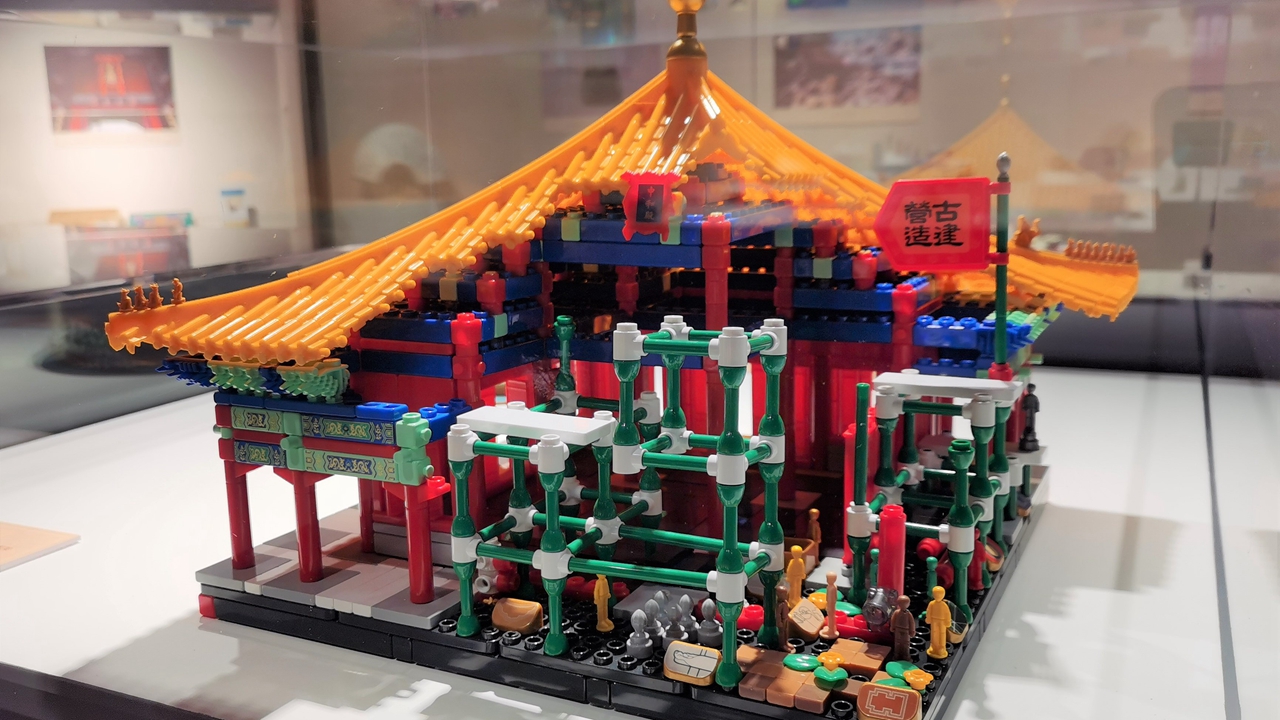
A Hall of Central Harmony building block set presented by the Palace Museum is on display at the cultural and creative product exhibition. Cao Zhen
The museums incorporated their precious collections into artistic designs to present a treasure trove of rich cultural and relic elements in the products, bringing the public closer to museums. Some toys combine ancient and modern creative ideas, such as traditional mortise-and-tenon building blocks and archaeological excavation kits.
Dates: Until June 11
Booking: WeChat account “iszbwg”
Venue: Shenzhen Museum’s Ancient Art Division, Futian District (深圳博物馆古代艺术馆)
Metro: Line 9 to Hongling South Station (红岭南站), Exit A